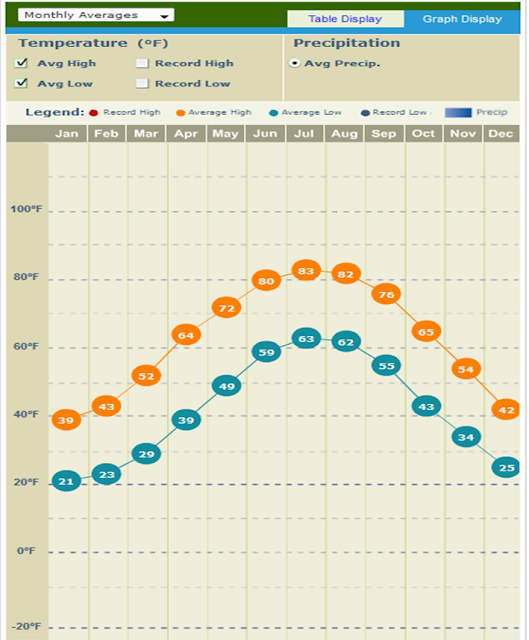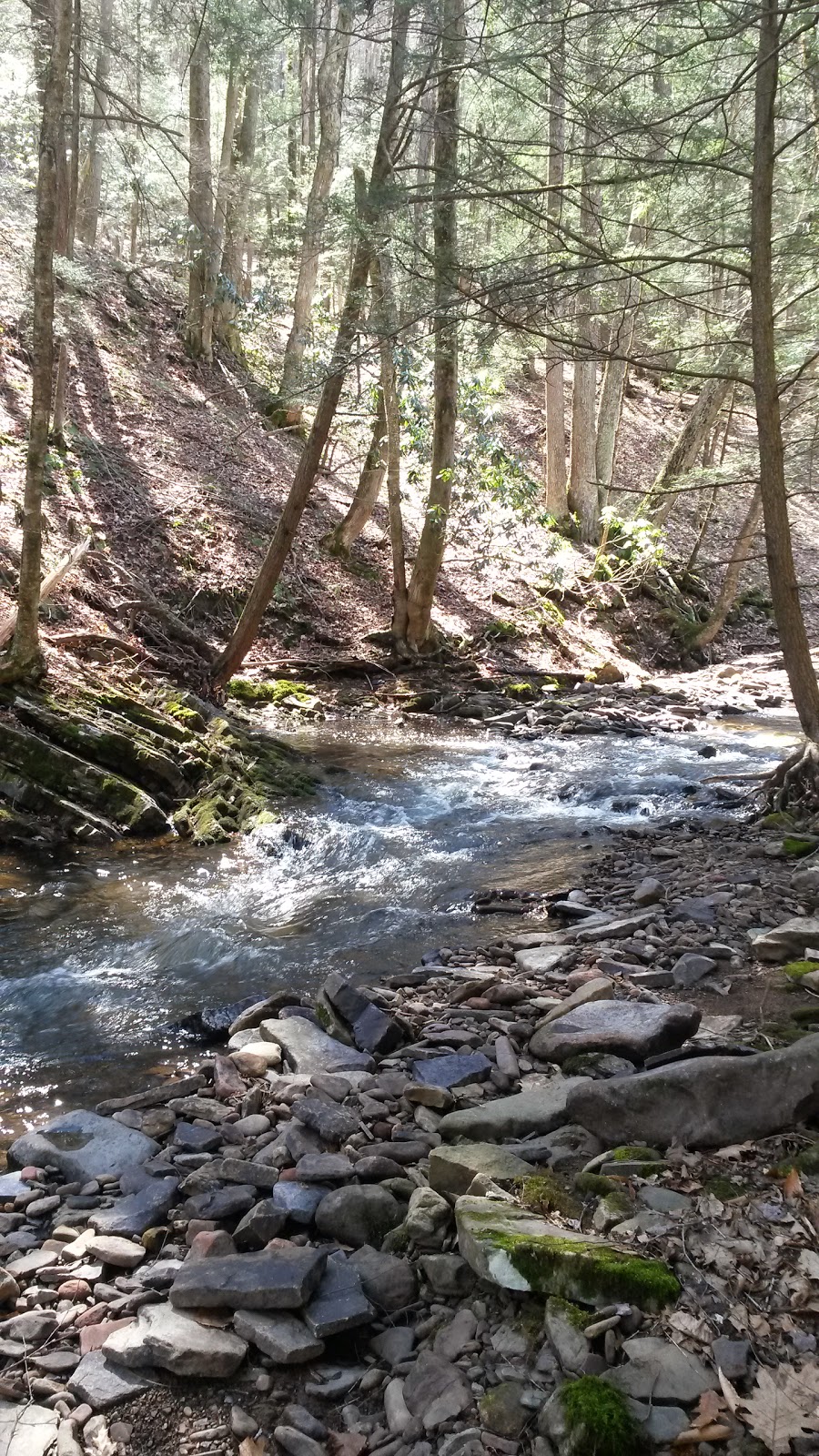As spring quickly approaches, many folks begin to long to break the winter blues by hitting their favorite trout streams. Trout are coldwater fish and are definitely more active and catchable in cold water than other Mountain State fish, which is why they are pursued in the colder months. While trout are easier than warmwater fish to catch in cold water, they are definitely not immune to inactivity during especially cold water. Here are a few tips I've found to help me make the most of my late winter or early spring fishing trips.
 |
| Early spring ice formation on a wild trout stream in western MD. |
- Fish spring fed creeks and rivers. Streams with large spring influences stay much warmer in winter than freestone creeks. Springs in West Virginia usually discharge at around 50 degrees year-round, so fishing creeks and rivers with spring influence will have much more active fish than streams that may be hovering around freezing. In WV, the Elk River is the most well known and accessible spring-fed river, but there are some smaller streams along the eastern edge of the state that also have spring influence.
- Avoid snowmelt. Warm, sunny late winter days are great days to be out and about, and are comfortable to be on a trout stream, but aren't the best fishing days if there is snow melt. Melting snow causes stream temperatures to drop, so even though it is warm to you, the fish aren't so lucky, and the drop in temperatures causes a drop in fish activity. On these days, fishing can sometimes start quickly in the early morning before bottoming out as the temperature plummets in the stream from the addition of frigid snowmelt.
- Tailwaters. In the coldest parts of winter, sometimes tailwater trout streams may be the best option to find ice-free conditions other than the aforementioned spring creeks. After the passage of an early spring cold front that drops the temps on freestone trout streams, discharge on the tailwater streams will keep them slightly warmer, and that could translate to more active fish and more success. In the northern part of West Virginia sometimes my best option to fish is the North Branch of the Potomac below Jennings Randolph Lake.
- Big Rivers. Generally bigger rivers at lower elevations are a little warmer than smaller streams at higher elevations. During cooler weather, fishing these bigger waters that aren't as susceptible to strong temperature fluctuations can be the best bet to find warmer water and active fish.
- Small Streams. I know this is contrary to the last point, but hang with me. Small streams have smaller volumes of water than big rivers. This makes them susceptible to swings in air temperature more than the big water. This is bad when the weather is cold, sure, but it also means that small streams are susceptible to warm weather as well. During those first unseasonably warm days in spring, especially when the strong sun comes through the leafless trees, the small streams can warm quite quickly. Temps upwards of 50 degrees are common in these situations and black stoneflies hatch in large numbers and the trout will be actively feeding on them.
 |
| Typical early spring conditions |





Comments
Post a Comment